Scalable, global coverage
Calian’s resource orchestration solutions scale from a single satellite to a constellation of satellites providing global coverage.




Optimize satellite capacity and maximize service delivery
Calian’s next-generation satellite capacity management system (SCMS) delivers the latest advances in satellite communication payload and link propagation analysis techniques and modelling. The SCMS is an advanced software system used by satellite operators and satellite service providers for planning and managing the use of their satellite capacity.

The SCMS is ideal for Ku- and Ka-band systems, supporting site diversity analysis, the latest ITU-R weather models and a sophisticated analysis of beam coverage, including interference between beams reusing frequency.
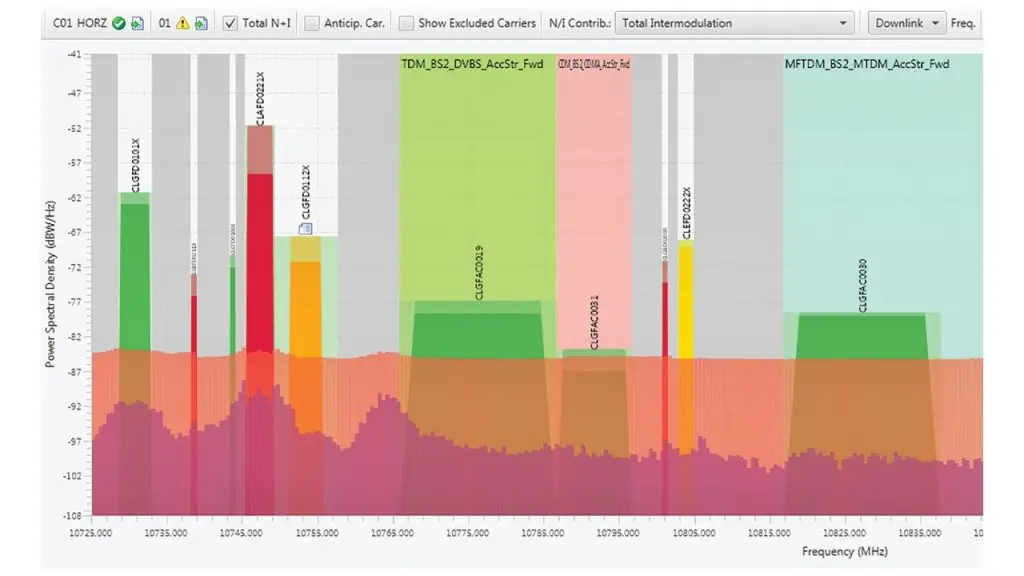

Global resource manager

Enhanced global resource manager
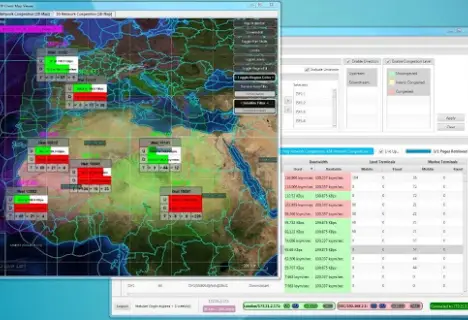
Satellite load manager

EarthMesh™
EarthMesh is an elastic computational engine that models and analyzes extensive and dynamic networks of space- and ground-based assets over time and space. It empowers space agencies and satellite operators to plan and manage their missions and operations efficiently, optimizing RF and optical communications.

Gateway and satellite switching
Calian’s gateway and satellite switching solution is highly adaptable, allowing customization to align seamlessly with the specific operational requirements of satellite network operators.

Adaptive radio resource control
Adaptability and intelligence ensures that the satellite’s capacity is efficeintly utilized, enhancing overall network efficiency

Interference management and mitigation

Intelligent satellite fleet monitoring
Machine learning (ML) models developed exclusively by Calian yield fast and accurate results. Client requirements are customized for various monitoring levels. The user interface makes configuring and operating intuitive and user-friendly.
Satcom planning and analysis
Calian has a suite of planning tools and applications designed to help operators manage their satellite networks. These include applications for long-term capacity planning, sizing service based on customer requirements and beam coverage analysis.
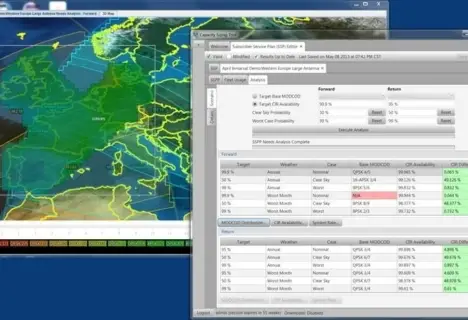
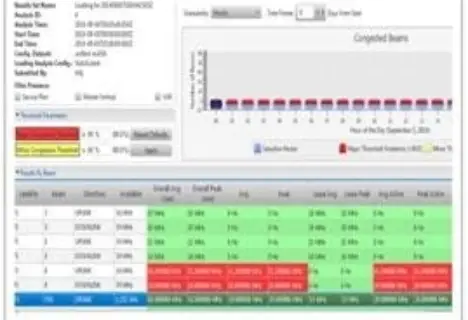
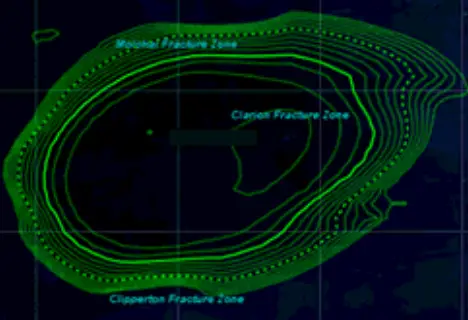

Talk to a Calian expert today
Reach out to learn how our innovative solutions can help you solve your most complex challenges.
Social responsibility at Calian
Committed to social responsibility.
ESG—more than a buzzword.
Our vision builds on our mission, values, historical commitment to social responsibility and key competencies. It provides a framework and focus for our activities and corporate communications related to ESG (Environmental Social Governance).
Download ESG report
Your service inspires us.
Proudly welcoming 100+ veterans to our team every year
Their expertise enriches our solutions, and hiring military spouses is our heartfelt way of giving back to the defence community. We’re committed to being there for you, in and out of uniform.
Explore opportunities

Relocating? We’ve got you covered.
4,000+ family members connected with family doctors
Our partnership with the Canadian Forces Morale and Welfare Services ensures that military family members are connected with family doctors, hassle-free.
Learn more

Building a resilient community together.
$650,000+ in corporate giving
We are woven into our community’s fabric, our support extending to renowned organizations and causes. We’re not just about business; we are about building a supportive and resilient community together.
Learn more

Engaging in research that matters.
Our contributions to significant research projects and our focus on environmental safety are unwavering. We’re front-runners in compliance with environmental laws and continually innovate to lessen our ecological footprint.
Learn more

Committed to exceeding expectations.
30+ Indigenous community engagements
With a published Indigenous engagement policy, Calian sets out the framework and guidelines for all Calian business activities while being wholly committed to meeting—even exceeding—the five per cent Indigenous participation requirement on all Federal contracts.
Learn more
Global innovation for connected, safe and healthy lives
Explore our four business units below.

